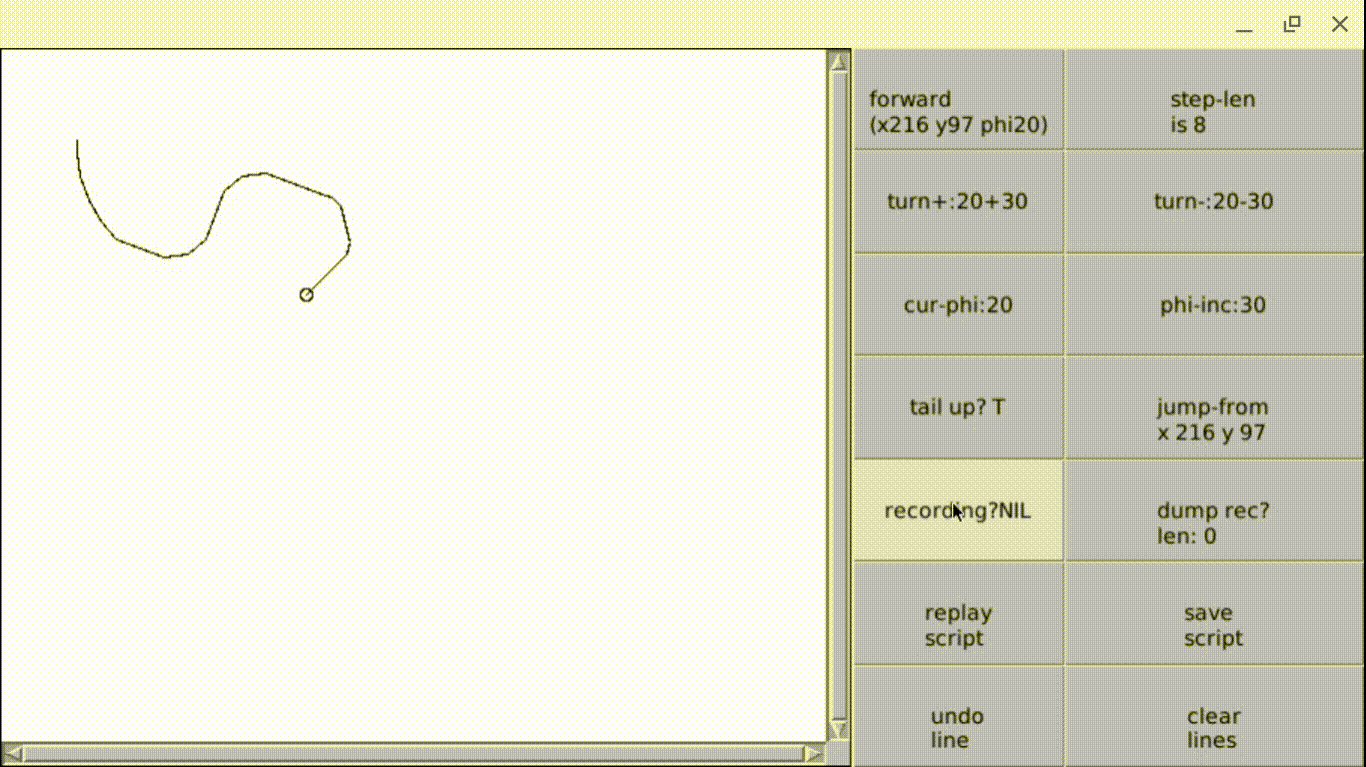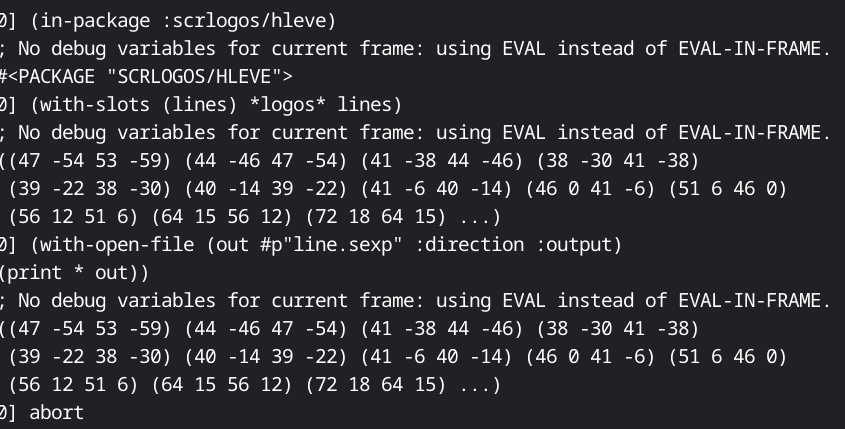Prototype engine.
You could ask yourself, which of the functions works in replays (changing stepsize rescales the vector output, but changing angle increment doesn't. Saving a new script after replaying several scripts creates a new, bigger script. If you want it to be different gimme some feedback.


